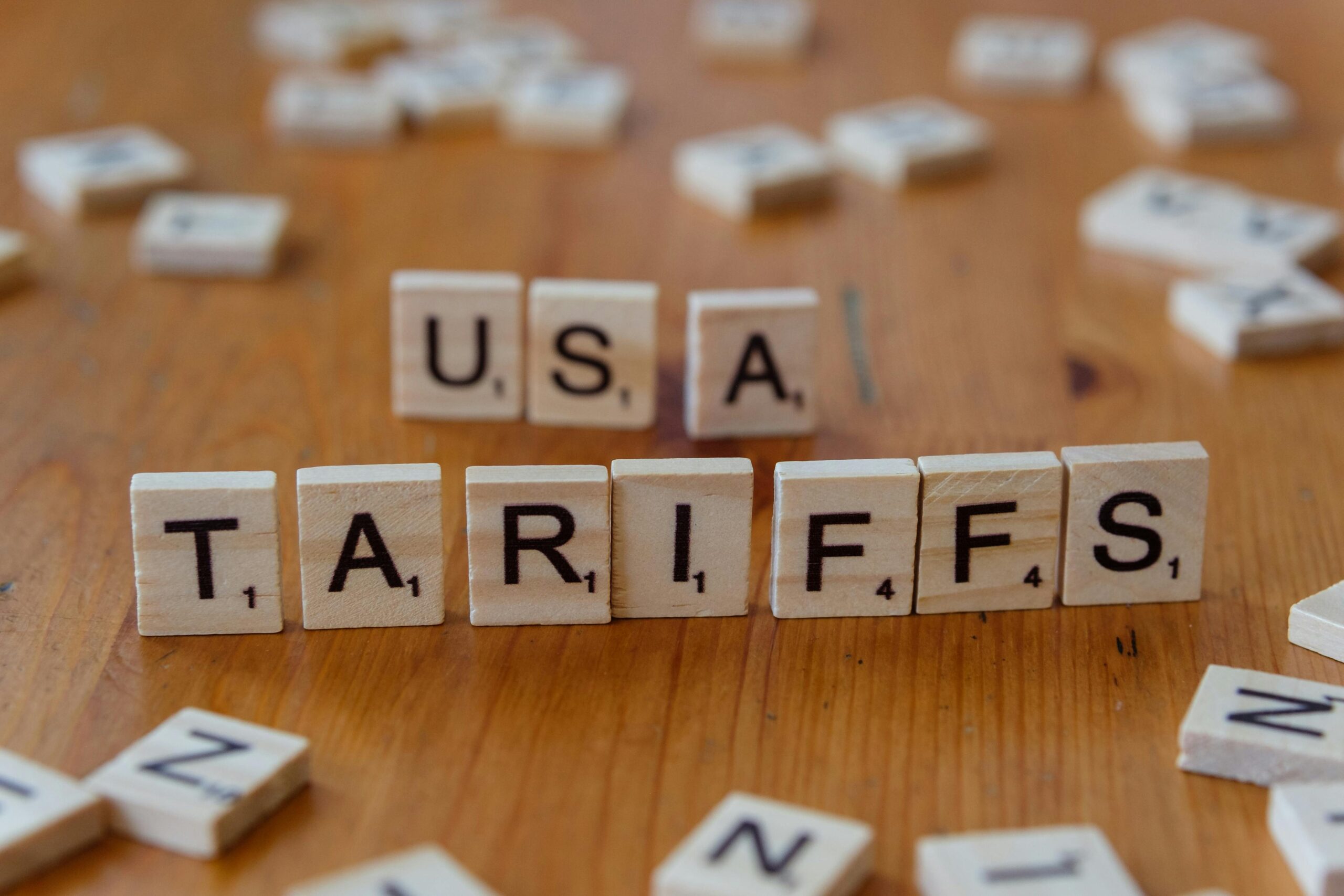Tariffs, Inflation Risks & Trade Policy in 2025

Tariffs, Trade Policy, and Inflation Risks: Modeling the 2025 Price Pass-Through
The issue of global trade is back in the spotlight once again as there is a threat of new tariffs and trade conflicts causing another burst of inflationary pressures in 2025.
Policymakers and investors are keeping an eye on this after years of supply chain moderation after the pandemic: will tariffs lead to increased consumer prices, reduced corporate profits, and a more difficult Federal Reserve position? Will companies and nations evolve with reshoring, efficiency benefits and supply-chain re-alignments?
The following blog discusses the potential effects of tariffs and trade policy in 2025 on inflation, sector and investment strategies. We also decomposed sector exposure, corporate margin risks, price pass through situations and longer term structural implications.
Background: Tariffs and Inflation in a Post-Pandemic Economy
Tariffs are essentially taxes on imports, raising the cost of foreign goods. Historically, they have had mixed impacts on inflation depending on pass-through rates (how much of the tariff cost gets passed to consumers) and corporate strategies (absorbing costs in margins vs. raising prices).
In 2018–2019, U.S.-China trade tensions showed that tariffs can increase costs for companies reliant on global supply chains, especially in manufacturing, autos, and electronics. However, the inflationary impact was modest at that time, partly because overall demand was stable and companies diversified sourcing.
By 2025, the macroeconomic backdrop is different:
- Inflation only recently cooled from pandemic-era highs.
- Central banks, especially the Federal Reserve, remain vigilant about price pressures.
- Geopolitical tensions are reshaping trade flows.
- Reshoring and friend-shoring policies are altering long-term supply chain structures.
Sectoral Exposure: Who Gets Hit Hardest?
Autos
The auto sector faces high tariff exposure due to reliance on imported parts and metals (steel, aluminum). Tariffs on steel imports in 2018 pushed up costs and were partly passed on to consumers. In 2025, if tariffs rise further, automakers may face a choice: raise vehicle prices or absorb narrower margins. Given already tight profit margins and ongoing EV transition costs, consumer prices may rise.
Electronics & Consumer Tech
Electronics are highly exposed because of integrated global supply chains. Chips, displays, and batteries are sourced from Asia, making them sensitive to U.S.-Asia tariffs. Price pass-through is likely higher in this sector, as consumer tech is often price inelastic (e.g., iPhones). Firms may pass most costs to buyers, contributing directly to consumer inflation.
Industrial Inputs & Machinery
Machinery, chemicals, and industrial equipment often depend on global components. Tariffs increase costs, raising capex expenses for businesses. This has second-round effects on productivity and industrial investment, potentially slowing growth.
Price Pass-Through Dynamics
How much of the tariff cost actually reaches consumers vs. being absorbed by companies is critical to understanding inflationary impacts.
- High Pass-Through Sectors: Consumer electronics, household appliances, apparel. Retailers and manufacturers often pass tariff costs to consumers given thin margins.
- Low Pass-Through Sectors: Autos and heavy industry, where competition and high-ticket pricing limit immediate price hikes. Instead, companies may absorb costs temporarily, hurting margins.
Corporate earnings calls in early 2025 already show evidence of margin pressure in tariff-exposed industries. For example:
- Retailers report rising input costs but attempt selective pass-through.
- Industrial producers note higher import costs for machinery parts.
Scenario Modeling: A 10% Effective Tariff Increase
- Direct Consumer Price Impact: Estimates suggest roughly 20–30% of tariff costs are passed to consumers. A 10% tariff could therefore raise headline CPI by ~0.2–0.4 percentage points.
- Corporate Margins: Sectors with global exposure may see margin compression of 2–3 percentage points, particularly autos and machinery.
- Fed Policy Path: With headline inflation edging higher, the Fed may delay rate cuts or even signal readiness to hike again. This creates tighter financial conditions, with direct implications for equities and bonds.
Longer-Term Implications: Reshoring and Supply Chains
Tariffs and trade tensions accelerate structural shifts in global supply chains. Companies are:
- Reshoring Production: Moving manufacturing closer to home markets to reduce tariff risk.
- Friend-shoring: Diversifying supply chains to allied economies (e.g., Mexico, Vietnam).
- Capital Spending: Upfront investment in new plants, logistics, and technology increases costs but may boost productivity long-term.
However, the transition is not cost-free. Reshoring often raises unit labor costs and requires significant capex. Productivity gains may offset some of this, but only over time.
Investor Takeaways: Positioning for Tariff-Driven Shocks
Sector Allocation
- Overweight: Domestic-focused sectors (utilities, financials, healthcare) less exposed to tariffs.
- Underweight: Autos, consumer electronics, industrial manufacturers.
2. Hedging Strategies
- Commodities: Tariffs may fuel input cost inflation, supporting commodity prices. Exposure to energy and metals can hedge.
- Short-Duration Bonds: Rising inflation expectations and tighter Fed policy increase bond volatility. Shorter duration reduces interest rate risk.
- Global Diversification: Exposure to non-U.S. markets with fewer tariff risks provides balance.
3. Equity Styles
- Value stocks (domestic service-oriented firms) may outperform growth stocks tied to global supply chains.
- Companies with strong pricing power and low import reliance are better positioned.
Conclusion
Tariffs and trade policy in 2025 are not just geopolitical tools—they are potential inflation accelerators. The degree of price pass-through, corporate margin adjustments, and central bank responses will determine whether tariffs reignite a stubborn inflation cycle or merely create temporary cost pressures.
For investors, sector positioning, inflation hedges, and a keen eye on Fed policy will be critical in navigating tariff-driven shocks.
1 thought on “Tariffs, Inflation Risks & Trade Policy in 2025”